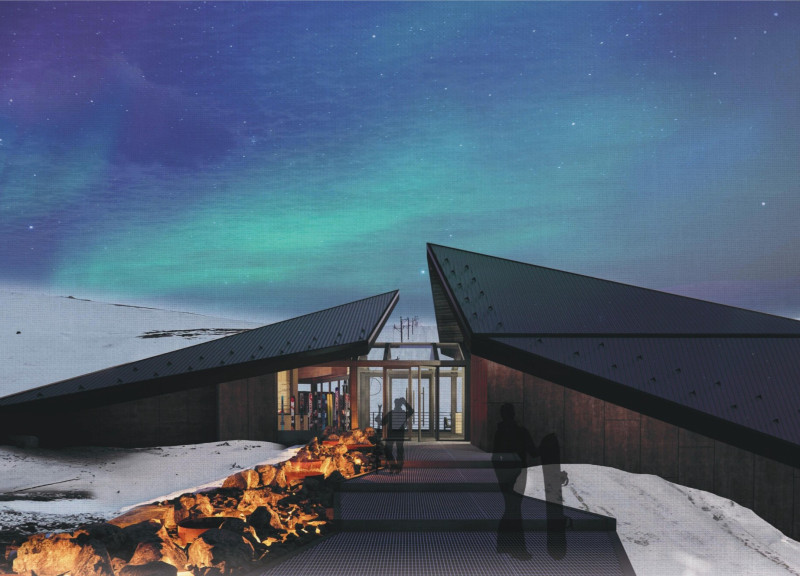5 key facts about this project
At its core, the design reflects a commitment to sustainable practices and community-centered functionality. The architectural form is characterized by clean lines and a purposeful layout that promotes interaction and accessibility. This project serves a variety of functions, which may include residential, commercial, or mixed-use spaces, each thoughtfully designed to cater to the daily activities and interactions of its inhabitants. Whether it’s creating spaces for social gatherings or private reflection, the project provides a versatile environment that adapts to the diverse needs of its users.
As one delves into the important elements of this architectural endeavor, the facade stands out as a key feature. The choice of materials, such as glass, steel, and wood, is deliberate; these materials not only enhance the visual appeal of the structure but also contribute to its sustainability. The transparent qualities of glass create a sense of openness, allowing natural light to flood the interior spaces while offering views of the surrounding landscape. Meanwhile, the use of timber adds warmth and a tactile quality that balances the more industrial elements, fostering a welcoming atmosphere.
An effective spatial organization is evident throughout the project. The interior layout is designed to facilitate movement and accessibility, ensuring that each area is easily navigable. The arrangement of rooms and communal spaces encourages interaction among users, reinforcing a sense of community within the structure. Furthermore, strategically placed windows are designed to frame the landscape, creating visual connections between the interior and exterior while enhancing the occupants' overall experience.
Unique design approaches are apparent in the incorporation of innovative technologies and ecological considerations. Features such as green roofs, rainwater harvesting systems, and energy-efficient HVAC systems underscore the project's commitment to sustainability. These elements not only reduce the building's environmental impact but also serve as educational tools for the community, illustrating the benefits of environmentally conscious design.
Additionally, the architectural landscape is enhanced by carefully curated outdoor spaces. Landscaped areas serve as extensions of the building, providing users with outdoor environments that foster relaxation and interaction. The design emphasizes the importance of natural elements, incorporating plantings that are native to the region. This not only aids in the ecological balance but also creates a sense of place, further rooting the building within its geographical context.
As you explore the project presentation, you will find detailed architectural plans that reveal the comprehensive thought process behind each design choice. Examining the architectural sections will provide insights into the spatial dynamics, while the architectural designs illustrate the relationship between various elements within the structure. The architectural ideas presented through this project offer a refreshing perspective on how modern architecture can blend functionality, sustainability, and aesthetic harmony.
This architectural project stands as a testament to contemporary design principles, advocating for a future where buildings not only serve their intended purpose but also enrich their environments and communities. To gain a deeper understanding of this impressive project, consider reviewing the architectural elements discussed, as they provide valuable insights into its comprehensive design approach.


























